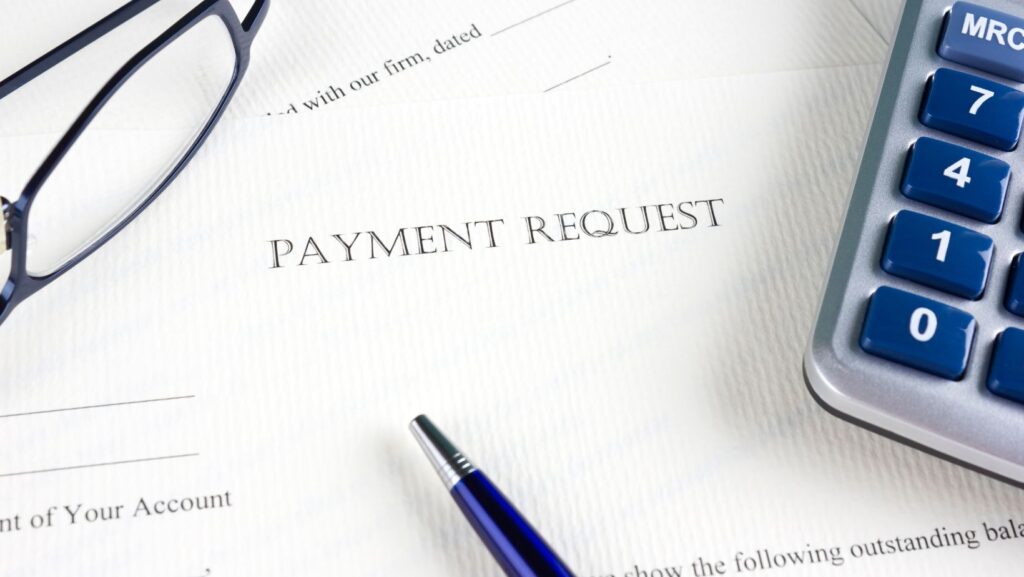Requesting a reduction in payment can be daunting. Crafting an effective letter requires a blend of tact, clarity, and professionalism. Utilizing the right approach can significantly increase the chances of a favorable response. This guide outlines the dos and don’ts to consider when drafting a reduced payment request letter.
Understand the Purpose
Before penning the reduced payment request letter, understanding the objective is crucial. The primary goal is to convey the need for a reduction in payment without damaging the relationship with the recipient. Expressing genuine reasons and demonstrating a commitment to fulfilling obligations can foster goodwill.
Do: Be Clear and Concise
Clarity and brevity make a significant difference. A succinct letter that gets straight to the point reflects professionalism. Clearly stating the request avoids misunderstandings. For instance, mentioning specific amounts and time frames provides a clear picture. Also, while writing the letter, be direct. Use active voice and avoid passive writing as much as possible. With direct writing, you can get your point across faster and more effectively.
Don’t: Over-Explain
While it’s essential to provide context, over-explaining can dilute the message. Stick to the relevant facts. Lengthy explanations might distract from the primary objective. Keeping the letter focused ensures the main points stand out.
Do: Use a Polite Tone
Politeness goes a long way in maintaining a positive tone. Using respectful language shows appreciation for the recipient’s position. Phrases like “kindly consider” or “would be grateful” convey respect. Politeness can make the recipient more receptive to the request.
Don’t: Be Demanding
Avoid sounding entitled or demanding.

A demanding tone can create resistance. Instead, frame the request as a favor rather than an obligation. Phrasing requests politely increases the likelihood of a cooperative response.
Do: Provide Supporting Evidence
Supporting evidence strengthens the case. Including documents such as financial statements or medical bills can substantiate the request. Evidence-based requests come across as more credible and reasonable.
Don’t Fabricate Information
Honesty is paramount. Fabricating information can backfire. If discovered, it can damage trust and credibility. Providing accurate information builds a foundation of trust, making future interactions smoother.
Do: Offer a Payment Plan
Proposing a feasible payment plan demonstrates commitment. Offering alternatives, such as smaller monthly payments, shows a willingness to meet obligations. A well-thought-out plan can make the request more appealing.
Don’t Ignore Responsibilities
Avoid shirking responsibilities. A reduced payment request isn’t a way to escape financial obligations. Acknowledging the debt and expressing a desire to settle it responsibly highlights integrity.
Do: Proofread the Letter
Proofreading ensures the letter is free from errors. Spelling and grammatical mistakes can undermine professionalism. A well-polished letter reflects attention to detail and care.
Don’t Rush the Process
Take time to draft the letter carefully. Rushing can lead to mistakes. A thoughtful approach increases the chances of crafting a compelling request. Patience in drafting can yield better results.
Do: Follow Up
Following up shows seriousness. A polite follow-up can remind the recipient of the request and provide an opportunity to reiterate the main points.

Timely follow-ups can keep the request on the recipient’s radar.
Don’t: Harass the Recipient
Avoid frequent or aggressive follow-ups. Harassment can create a negative impression. Respecting the recipient’s time and space fosters a positive relationship. Moderation in follow-ups maintains goodwill.
Do: Seek Professional Advice
Consulting a professional can provide valuable insights. Advisors can offer guidance on phrasing and structuring the letter. Professional advice can enhance the effectiveness of the request.
Don’t Ignore Feedback
Feedback from professionals or previous recipients can be invaluable. Ignoring constructive criticism can be detrimental. Embracing feedback can refine the letter, making it more persuasive.
Conclusion
Writing a reduced payment request letter requires a balanced blend of empathy, clarity, and professionalism. Keeping the do’s and don’ts in mind can significantly enhance the effectiveness of the request. With the right approach, securing a favorable outcome while maintaining positive relationships is possible.
